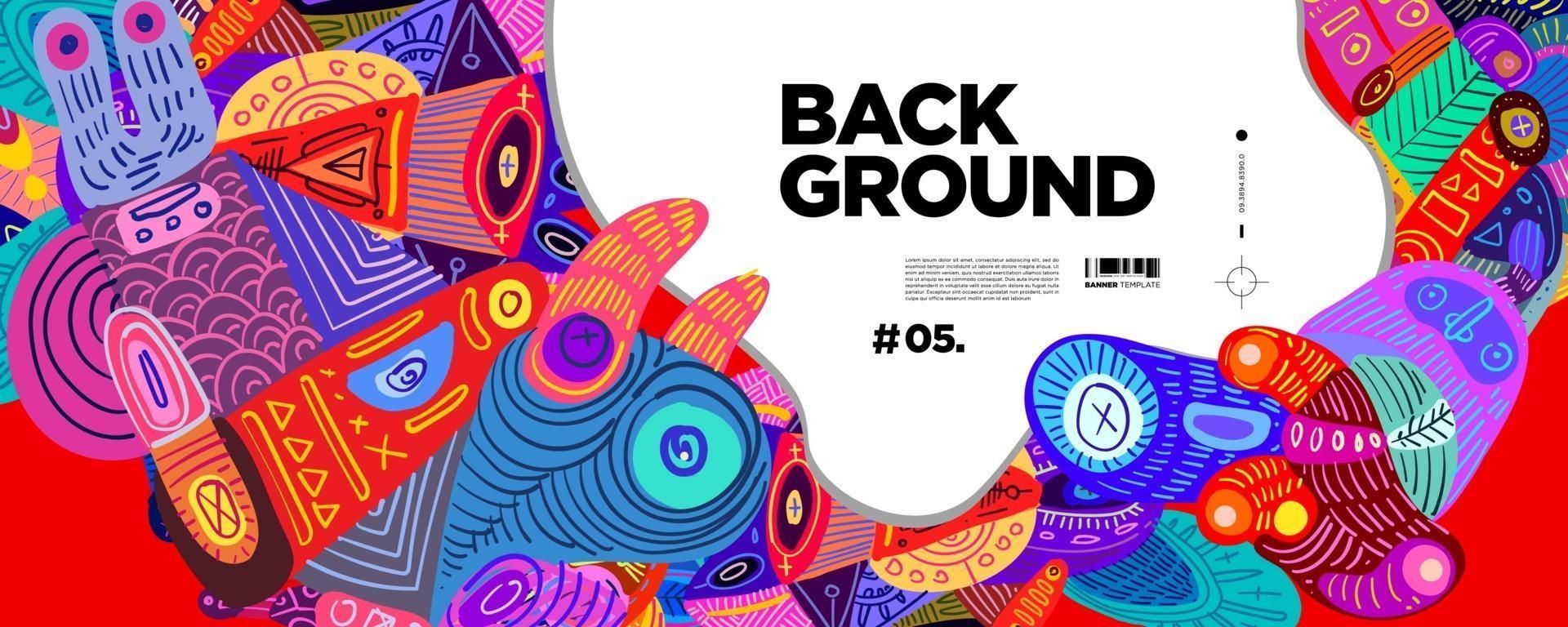The concept of cultural banners, particularly in a vector format, has gained substantial traction in recent years. These graphical representations marry artistic expression with a myriad of cultural narratives, thus allowing for the preservation and celebration of diverse heritages. The prominence of vector graphics arises from their scalability and versatility, making them ideal for various applications, from digital marketing to social activism. As society becomes increasingly aware of its rich tapestry of cultures, the appeal of culturally themed vector banners grows stronger, inviting a deeper exploration of their significance.
At the core of this fascination is the acknowledgement that visual representation is a powerful vessel of cultural identity. A cultural banner can encapsulate the essence of a community in a singular image, merging colors, symbols, and styles that resonate deeply with its heritage. This imagery often serves as a reminder of shared histories, values, and traditions, cultivating a sense of belonging among individuals. When an artist decides to create a vector banner that celebrates a specific cultural background, it often reflects extensive research and intimate knowledge of that culture’s symbols and aesthetics.
Vector banners offer various options that cater to different cultural representations. From tribal motifs and ancestral symbols to modern interpretations of traditional art, the variety is boundless. Designers can engage in expressing their cultural narratives through the medium of vectors, employing distinctive art styles that echo the richness of their backgrounds. This representation not only captivates viewers but also acts as a bridge generationally and cross-culturally, fostering understanding among disparate communities. In an age where globalization reigns supreme, such artistic endeavors become essential in preserving localized identities.
Moreover, the vector format permits intricate designs without loss of quality, making it suitable for both print and digital applications. A culturally themed vector can easily transition from a vibrant poster to an eye-catching social media graphic, enhancing its reach and impact. This adaptability supports the momentum of cultural visibility in the modern digital landscape, where myriad cultures vie for acknowledgment and representation. The ease of manipulation associated with vector graphics also allows artists to experiment with elements of design, marrying traditional aesthetics with contemporary trends. This playful interaction can lead to striking innovations within the realm of cultural expression.
Another observation regarding cultural banners is their relationship to social commentary. Many artists consciously utilize vector representations to critique societal values or highlight ongoing social issues. For instance, banners that incorporate environmental themes alongside cultural symbols can shed light on indigenous practices of sustainability and eco-friendliness. In this interconnected world, where climate change looms large, the integration of cultural identities with pressing global concerns creates a dialogue that is both relevant and necessary. Such banners not only invite admiration but also incite action, encouraging viewers to ponder their roles in fostering a more sustainable future.
Furthermore, the emergence of digital platforms has catalyzed a burgeoning appreciation for cultural banners among younger generations. Through social media, creatives can share their work, engage with their audience, and garner support for their endeavors. The viral nature of digital content has allowed cultural banners to reach audiences far beyond their local contexts, sparking conversations that transcend borders. This phenomenon elucidates a profound truth—the collective human experience is enriched by the myriad cultures that inhabit our planet. Each cultural banner serves as a testament to the beauty of diversity while simultaneously asserting the importance of preserving one’s heritage amidst a homogenizing world.
However, the proliferation of culturally-themed vector banners underlines an ensuing challenge; the risk of cultural appropriation is ever-present. As designers grapple with the fine line between appreciation and appropriation, a heightened sensitivity toward the cultural symbols they employ is crucial. Authenticity must underpin creative practices, ensuring that the imagery used serves to amplify voices rather than dilute them. This awareness is vital in fostering respectful cross-cultural exchanges and ensuring that the art created carries genuine resonance with the communities it seeks to represent.
In terms of design, cultural vector banners are characterized by vivid color palettes and intricate patterns, often drawing from traditional sources of inspiration. This visual richness serves a functional purpose, too. The emotional response elicited by colorful designs cannot be underestimated; they engage viewers on a psychological level, beckoning them to explore the stories behind the symbols. Each color, line, and shape within a cultural banner often holds significance, creating a multi-layered narrative that invites reflection and dialogue. The act of unveiling these stories can be profoundly transformative, leading individuals to reconnect with their roots or gain appreciation for other cultures.
As we look towards the future, the realm of cultural vector banners is poised to flourish, fed by an ever-increasing appetite for visual storytelling. Artists and designers will continue to innovate, employing new technologies and styles that challenge conventional paradigms. The ongoing quest for cultural representation, authenticity, and innovation is assuredly a journey worth embarking upon. Ultimately, in a world grappling with a myriad of challenges, these banners serve not only as beautiful designs but as potent symbols of resilience, unity, and the indomitable spirit of cultural heritage.
In conclusion, the exploration of cultural banner options in vector format unveils a profound layer of human experience and creativity. This multifaceted approach signifies a celebration of diversity, eloquently presenting cultural stories through innovative designs. While the challenges of authenticity and representation persist, the continued evolution of cultural banners reflects an enduring commitment to valuing the complexity of human identity and the shared responsibility of safeguarding our planet’s cultural heritage.
